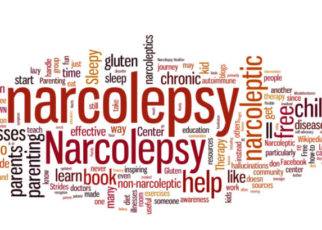Narcolepsy is a chronic condition that disrupts normal sleeping patterns. It causes sufferers to fall asleep suddenly, and without warning.
The condition causes feelings of persistent excessive drowsiness. Other symptoms of narcolepsy can include sudden loss of muscle control (cataplexy), hallucinations, disturbed night time sleep and difficulty concentrating.
Narcolepsy affects approximately 3-5 people in every 10,000, with men and women being equally affected. There is currently no cure for narcolepsy, but there are a number of treatments which can help to effectively manage symptoms, and minimise the impact the condition has on daily life.
Symptoms of Narcolepsy
The symptoms of narcolepsy can vary from person to person. Some people experience symptoms very frequently, while others are less severely affected. The symptoms of narcolepsy tend to first appear between 10-25 years of age:
-Sleep attacks – falling asleep suddenly and without warning
-Persistent drowsiness and difficulty concentrating
-Temporary muscle paralysis when falling asleep, or waking up
-Hallucinations
-Restless night time sleep
-Automatic behaviour (continuing to carry out normal activities, such as talking, or moving around, while still asleep).
Cataplexy Attacks
Approximately 70% of people who have narcolepsy also experience cataplexy. This condition causes sudden loss of muscular control. Cataplexy attacks are normally triggered by an emotion, such as excitement, laughter, or fear. The attacks can last for a few seconds, or they may continue for several minutes.
Narcolepsy Sleep Patterns
Narcoleptics do not have normal sleep patterns. Instead, the body falls straight into the second stage of sleep, known as REM. This means that people with narcolepsy often start having vivid dreams almost as soon as they fall asleep. People with narcolepsy also go into REM sleep at inappropriate times.





